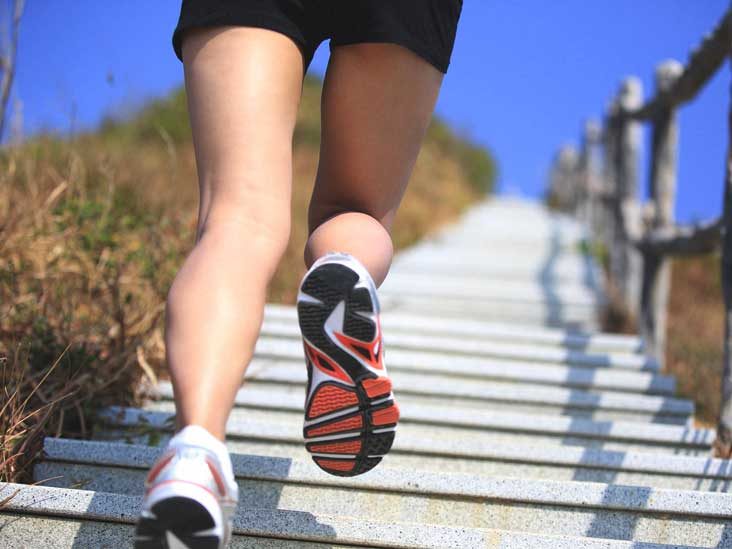Kneeling pads, also known as knee pads, are a crucial item for anyone who spends a lot of time working on their hands and knees. Whether you're a professional tile layer, a gardener, or a DIY home improvement enthusiast, having the right kneeling pad can make a huge difference in comfort and productivity.
In this blog post, we'll discuss why you need a kneeling pad, what types of knee pads are available, and how to choose the best one for your needs.
The Benefits of Using a Kneeling Pad
Kneeling pads, also known as knee pads, provide an extra layer of cushioning and support for your knees when engaging in any task that requires you to be on your knees for extended periods of time.
Whether you're gardening, scrubbing floors, or installing a new kitchen, having a kneeling pad ensures that your knees won't get sore or bruised from all the kneeling. Kneeling pads can also help reduce fatigue and stress on your joints, allowing you to work longer and more comfortably.
How to Choose the Right Kneeling Pad
When shopping for a kneeling pad or knee pads, you should consider the surface you'll be kneeling on and the size of your knees. Some kneeling pads have extra cushioning to protect your joints, while others may have firmer support to help keep your knees in place.

It's also important to think about how you plan on using the kneeling pad – will you need it for gardening, home repairs, or something else? Whatever your needs, make sure to get the right kneeling pad for the job.
The Different Types of Kneeling Pads
When it comes to providing relief and support for your knees, there are a few different types of kneeling pads to choose from. Kneeling pads provide a cushion between your knees and the ground while working, making it much more comfortable to stay in one position for a longer period of time.
Knee pads are similar to kneeling pads but are designed to offer a greater level of protection from the hard surface you're working on. Kneeling pads and knee pads come in a variety of sizes, materials, and thicknesses, so it's important to find the right one for your needs.
How to Use a Kneeling Pad?
A kneeling pad is a great way to protect your knees while working on projects or completing chores. Kneeling pads provide cushioning and shock absorption, so you can stay comfortable while spending time on the ground.
Knee pads are also a great choice for protecting your knees and can help you move around more easily. Whether you're gardening, doing repairs, or cleaning, having a good kneeling pad or knee pads can make a world of difference.
Conclusion
At the end of the day, it's important to invest in a kneeling pad if you find yourself spending a lot of time on your knees. Whether you're gardening, cleaning, or doing other tasks, a good quality kneeling pad can help provide much-needed comfort and cushioning for your knees.
For best results, make sure to choose a kneeling pad or knee pads that are made of durable material, provide adequate cushioning, and offer plenty of coverage. With the right kneeling pad, you'll be able to get the job done without the pain.
Source: Why You Need a Kneeling Pad (and How to Choose the Right One)

 Log in with Facebook
Log in with Facebook 







